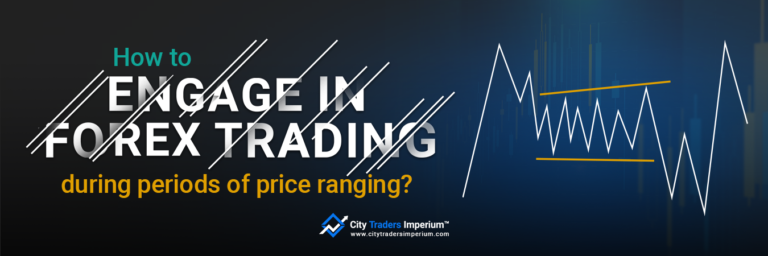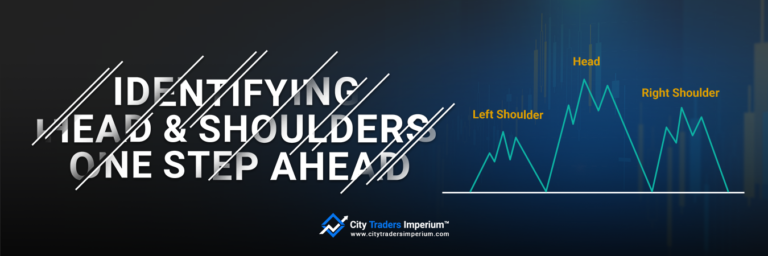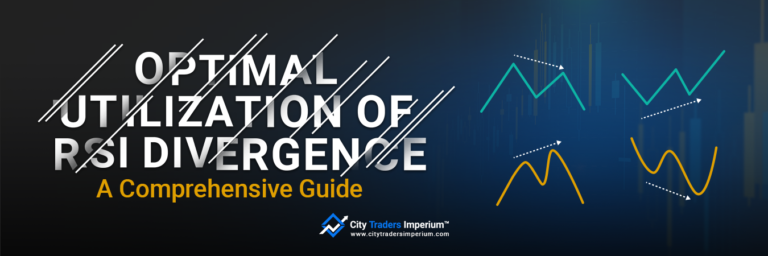
AI in Forex Trading: A New Era of Market Strategy
Introduction The influx of AI in forex trading is not just another technological fad. It is truly a groundbreaking movement that is transforming the way currency is traded. Artificial Intelligence

Introduction The influx of AI in forex trading is not just another technological fad. It is truly a groundbreaking movement that is transforming the way currency is traded. Artificial Intelligence

Introduction The foreign exchange market, or Forex for short, is a global marketplace where currencies are traded 24 hours a day, five days a week. It’s the largest financial market

Introduction In the labyrinthine world of finance, proprietary trading has undergone a remarkable evolution, transcending its origins in the 1980s to become a global force, accessible to traders worldwide. This

Introduction Over the last two years, the forex market has borne witness to the burgeoning popularity of proprietary trading firms. This dynamic industry has experienced rapid growth, with new prop

Introduction Price ranges, also known as ranging price or sideways movement, are a common pattern that can provide traders with profitable trading opportunities. However, navigating ranging price effectively requires a

Introduction In the world of forex trading, success is often measured by the ability to manage risk effectively. One key concept that plays a crucial role in this regard is

Joining a prop trading firm can accelerate success, but a wrong fit can hamper your potential. Let our comprehensive guide lead you to the best match.

Forex margin vs leverage. Read on to discover how these indispensable but easily misunderstood concepts drive forex trading and how they interact and differ.

Introduction In the world of forex trading, technical analysis plays a crucial role in predicting future price movements. Among the various patterns that traders use, the Head and Shoulders pattern

Comprehensive Guide In the exciting realm of Forex trading, traders are always on the lookout for tools that can give them a competitive edge. One such tool that often steals